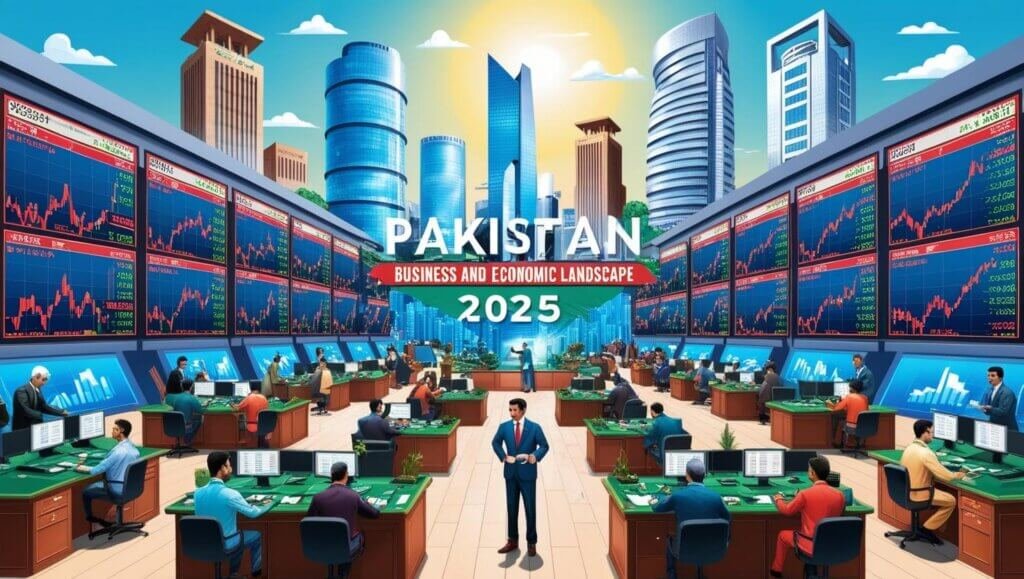
Pakistan’s economic landscape combines strategic recoveries which fight against multiple forthcoming roadblocks. Economic growth in the first quarter of fiscal year 2024-25 reached 0.92% while the agriculture sector expanded by 1.15% and services sector grew by 1.43%. The industrial sector decreased 1.03% because mining and quarrying operations recorded reduced production levels throughout this period.
Since June 2024 the State Bank of Pakistan has cut interest rates through successive policy rate reductions that now total 1,000 basis points. The latest financial institution action lowered interest rates by 100 basis points which currently stand at 12% as of January 27 2025. The current low inflation rate of 4.1% is the lowest level attained in over six and a half years while monetary easing measures continue to drive it down.
The Pakistan Stock Exchange (PSX) reflects all economic indicators of Pakistan. The Pakistan Stock Exchange (PSX) finished its latest trading day with an overall index point count of 112,030.36 marking a decline of 1.31 percent from the preceding close. A total of 211,433,151 shares moved between 111,434.95 and 113,644.71 points leading to an 18.5 billion Pakistani rupees value in trading.

The international support delivered to Pakistan has become fundamental to establishing its economic foundation of stability. A 10-year $20 billion loan program from the World Bank will finance government-led reforms focusing specifically on energy projects and malnutrition reduction and climate change resilience and education system improvement. The $7 billion International Monetary Fund (IMF) loan secured in September 2024 requires Pakistan to expand its tax base while eliminating investment incentives as core conditions for funding approval.
The implementation continues to face numerous ongoing difficulties. The Special Investment Facilitation Council’s growing role in economic projects creates concerns about military interests potentially surpassing civilian requirements leading to unrest in society and reduced foreign business interest.
Pakistan faces financial hardship after adopting power generation systems from China because costly contractual arrangements led to massive borrowing amounts along with increased utility costs for both homes and businesses.
Pakistan’s economy demonstrates recovery with monetary policy intensity and worldwide financial assistance as it navigates multiple pressing difficulties for steady development and stability standards.
Next Article: what i need to run a business in pakistan and what paper i need to run a business in pakistan




